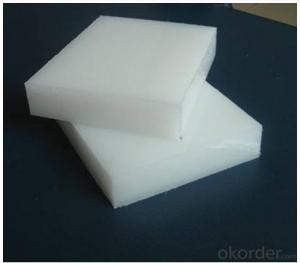Silicone Coated Fiberglass Fabric: The Coating for Extreme Conditions
When it comes to materials that can withstand the test of time and the harshest conditions, silicone coated fiberglass fabric is a name that stands out. This material is a marvel of modern engineering, designed to provide exceptional durability, heat resistance, and chemical stability. In this article, we’ll explore the unique properties of this fabric, its applications, and why it’s the go-to choice for many industries facing extreme conditions.
The Magic of Silicone Coating
Silicone, a synthetic polymer, is known for its incredible heat resistance, ranging from -100°C to 350°C. It’s also non-stick, making it perfect for applications where residue can be a problem. The coating process involves applying a layer of silicone to the fiberglass fabric, which enhances its properties and makes it suitable for a wide range of uses.
A Strong Bond: Fiberglass and Silicone
Fiberglass itself is a strong and lightweight material, commonly used in construction, aerospace, and automotive industries. When combined with silicone, the fabric becomes even more robust. The bond between the two materials is not just physical; it’s a marriage of their best attributes. The result is a fabric that is not only strong but also flexible, able to bend without breaking and withstand high temperatures without losing its structural integrity.
Versatility at Its Best
One of the most striking features of silicone coated fiberglass fabric is its versatility. It’s used in various applications, from high-temperature insulation in ovens and furnaces to protective covers for equipment in chemical plants. It’s also a popular choice for electrical insulation due to its non-conductive properties. Moreover, it’s used in the marine industry for its resistance to saltwater corrosion and in the aerospace industry for its lightweight and heat-resistant qualities.
The Art of Manufacturing
The process of manufacturing silicone coated fiberglass fabric is a delicate balance of science and art. It involves careful selection of the right type of silicone and fiberglass, ensuring the coating is applied evenly, and curing the material under specific conditions to achieve the desired properties. This meticulous attention to detail is what makes the fabric stand out in terms of quality and performance.
A Test of Endurance
Silicone coated fiberglass fabric has been put to the test in various industries and has consistently proven its worth. It’s not just about surviving the conditions; it’s about thriving in them. Whether it’s the intense heat of an industrial oven or the corrosive environment of a chemical plant, this fabric maintains its performance without showing signs of wear or tear.
The Future Looks Bright
As industries continue to push the boundaries of what’s possible, the demand for materials that can withstand extreme conditions is on the rise. Silicone coated fiberglass fabric is well-positioned to meet this demand. With ongoing research and development, we can expect to see even more innovative uses for this fabric in the future.
In Conclusion
Silicone coated fiberglass fabric is more than just a material; it’s a testament to human ingenuity and the drive to create solutions for the most challenging environments. Its unique combination of properties makes it an ideal choice for a wide range of applications, and its performance in real-world conditions has earned it a reputation for reliability and durability. As we look to the future, it’s clear that silicone coated fiberglass fabric will continue to play a crucial role in helping us conquer the extremes.

